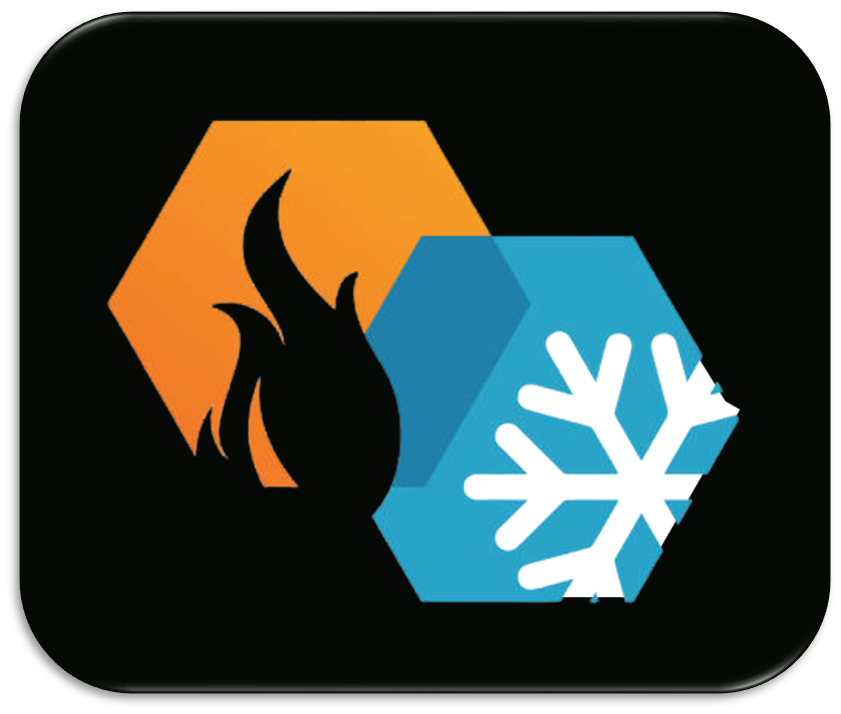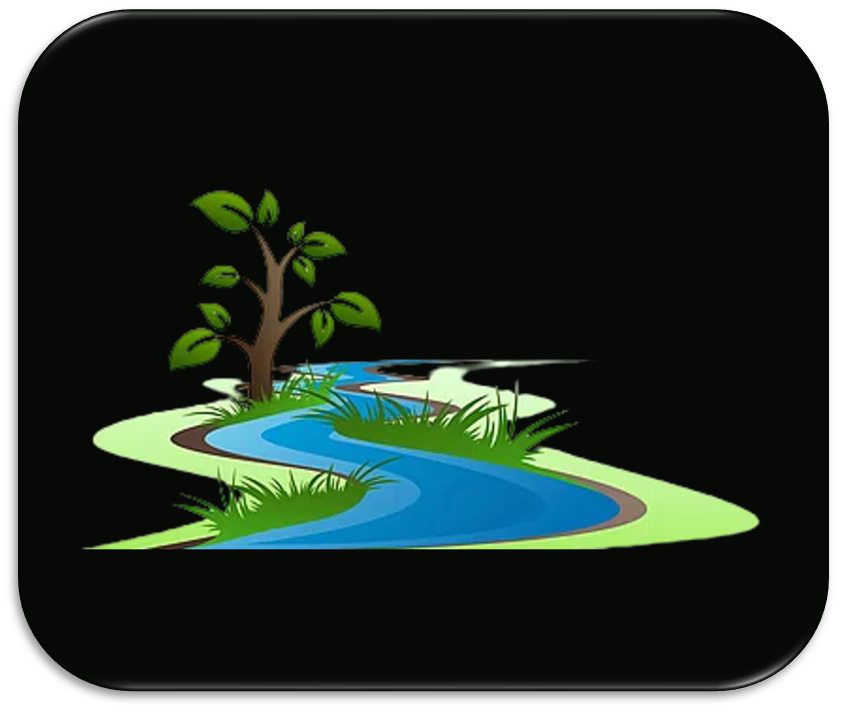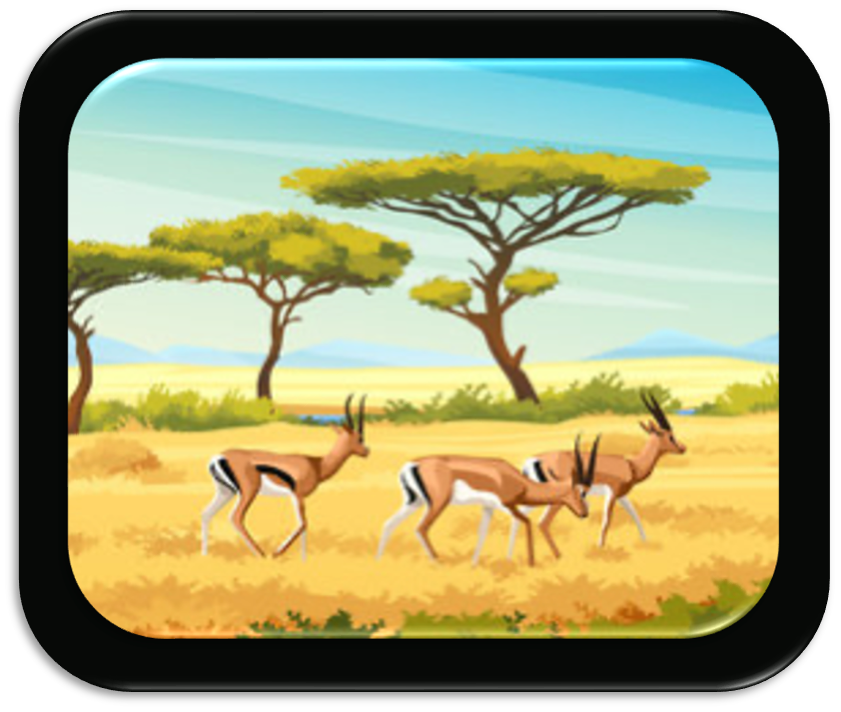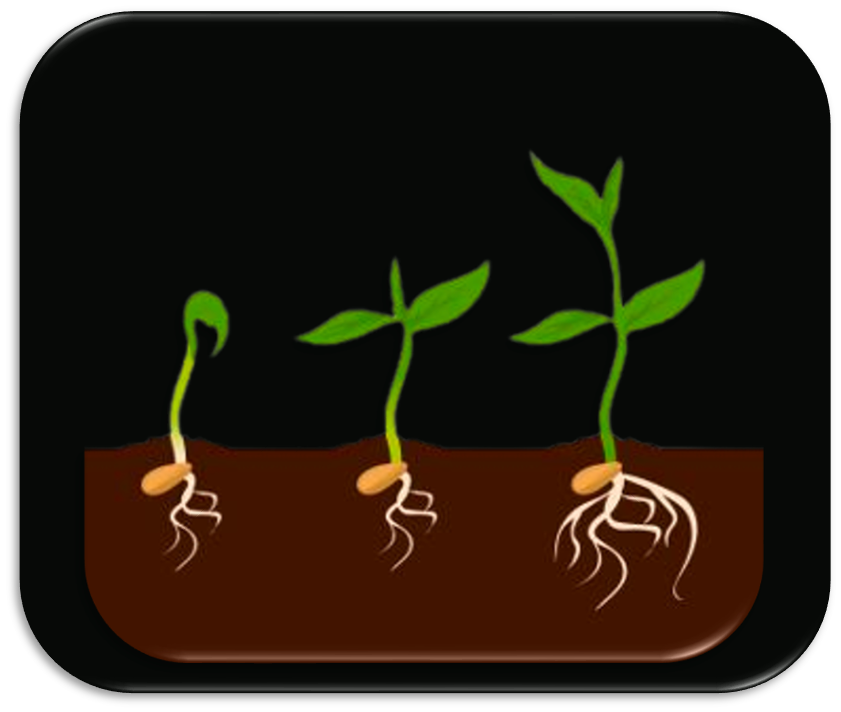- School District of Beloit
- 2nd Grade - Science
2nd Grade - Science
-
The School District of Beloit has a vision for science education that engages all students in science by working with rigorous, relevant, and real-life problems. We do this through the use of curricular resources that are aligned to the Next Generation Science Standards. These resources encourage students to discover the world around them, in order to provide foundational knowledge to all and encourage all students to continue to learn and to keep wonder alive. The goal of the science program is to prepare our students for their future, which could be very different from the world we live in today. As a result, we have developed a scope that allows students to build upon and revise prior knowledge and encourages all students to engage in the practices of science and engineering.
2nd Grade Science Units
-

Unit 1 - Properties of Materials
Students explore different materials, noticing their properties. Students learn how the properties of materials allow us to engineer solutions to problems that people have, and how different properties of materials lead to different uses. Students also investigate how heating and cooling affect the properties of materials.
-

Unit 2 - Changes to the Earth
Students determine how landforms are formed on the Earth’s surface. Students study how landforms can form quickly or slowly by different Earth events. Students learn about erosion, and different ways to prevent erosion from occurring. Students also learn where to find water, and that water is not only found in liquid form.
-

Unit 3 - Animals
Students learn to classify animals into categories based on their different qualities and needs. Students determine how different animals need different habitats to live in to satisfy their needs. They classify animals that live in wet habitats and land habitats.
-

Unit 4 - Plants
Students explore the needs of plants, how and why they disperse seeds, what seeds need in order to grow, and what plants need to survive and thrive.
By the end of 2nd Grade, students will...
-
- plan and conduct an investigation to describe and classify different kinds of materials by their properties.
- make observations to construct an evidence-based account of how an object made of a small set of pieces can be disassembled and made into a new object.
- develop a simple sketch, drawing, or physical model to illustrate how the shape of an object helps it function as needed to solve a given problem.
- analyze data from tests of two objects designed to solve the same problem to compare the strengths and weaknesses of how each performs.
- ask questions, make observations, and gather information about a situation people want to change to define a simple problem that can be solved through the development of a new or improved object or tool.
- develop a model to represent the shapes and kinds of land and bodies of water in an area.
- obtain information to identify where water is found on Earth and that it can be solid or liquid.
- make observations of plants and animals to compare the diversity of life in different habitats.
- plan and conduct an investigation to determine if plants need sunlight and water to grow.
- develop a simple model that mimics the function of an animal dispersing seeds or pollinating plants.
- make observations of plants and animals to compare the diversity of life in different habitats.

